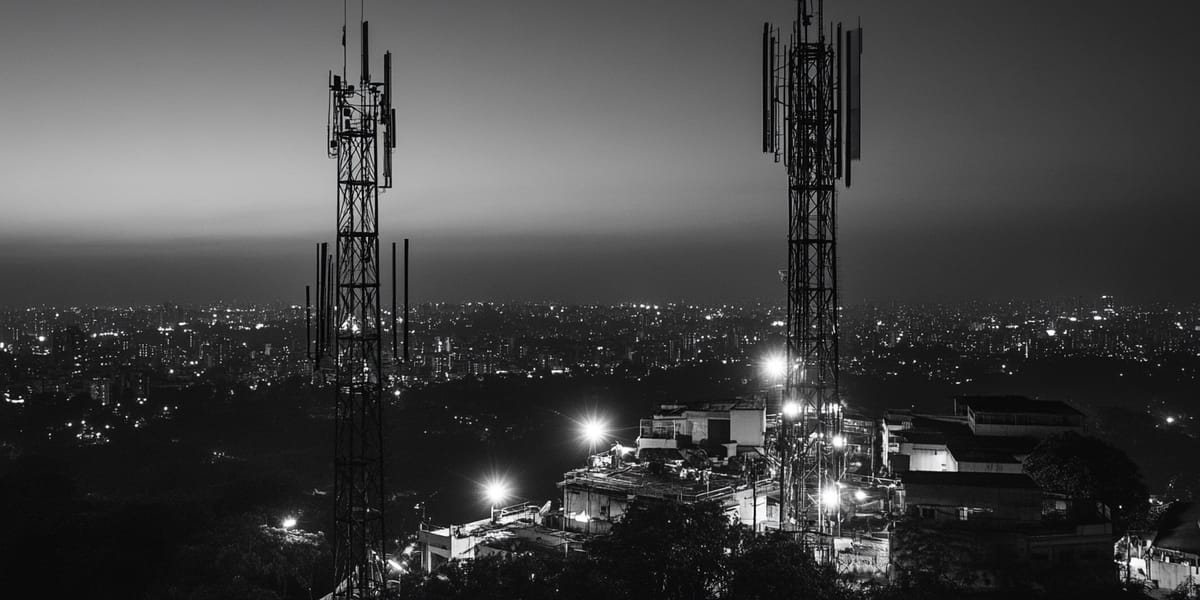India Launches National Telecom Policy 2025 Targeting Universal 5G and Manufacturing Hub Status

According to Business Today, the Indian government has released its National Telecom Policy 2025 (NTP-25), setting a comprehensive roadmap for the country's telecom future. The policy was announced on July 24, 2025, building on the 2018 National Digital Communications Policy.
The policy frames six strategic missions aimed at positioning India as a global telecom leader while ensuring inclusive, affordable, and secure connectivity across the nation. NTP-25 seeks to harness emerging technologies including 5G, 6G, artificial intelligence, quantum communication, satellite networks, and blockchain. Core targets include universal 4G coverage and 90 percent 5G access for the population by 2030.
The government plans to achieve 10 crore fixed broadband connections to households and establish one million public Wi-Fi hotspots. The policy also promises affordable internet access and wider fiber deployment across rural and urban areas.
Why This Policy Matters Now
The new policy addresses immediate challenges facing India's telecom sector while capitalizing on rapid growth opportunities. Communications Today reports that the policy envisions creating one million jobs by 2030 within the telecom sector, focusing on advanced domains including artificial intelligence, cybersecurity, big data, and quantum communications.
The timing aligns with India's rapid 5G deployment, which has already covered 717 districts with over 315,000 base stations in just 10 months. Current telecom sector revenue reached Rs 91,426 crore in Q2 FY25, demonstrating the sector's economic potential. The policy aims to double the telecom sector's GDP contribution and attract annual infrastructure investments of Rs 1.5 lakh crore.
These targets address India's growing digital economy, projected to reach $1 trillion by 2025. With smartphone users estimated at 600 million and data consumption at 14.6 gigabytes per user monthly, the sector requires structured policy support to maintain growth momentum.
Broader Industry Transformation
The policy positions India to shift from a telecom consumer to a trusted global provider through manufacturing and export initiatives. Grant Thornton Bharat analysis shows India's telecom market size is expected to reach $48.61 billion by 2024 and grow to $76.16 billion by 2029.
NTP-25 outlines measures to establish India as a telecom manufacturing hub, including a 150 percent increase in domestic manufacturing output and 50 percent import substitution. The policy calls for creating 30 research labs and a dedicated Indian Institute of Telecom Technology. These initiatives build on existing Production Linked Incentive schemes that have already generated employment for 26,351 individuals and investment of Rs 4,081 crore, according to Business Standard.
Security features include quantum-resistant networks, biometric-based user verification, and AI-powered cyber threat monitoring systems. A national SafeNet infrastructure will protect core telecom systems. Sustainability goals target a 30 percent reduction in the sector's carbon footprint and renewable energy use across 30 percent of towers.
Further Reading
For deeper insights into global adoption trends, our Alternative Financial Systems Index tracks regulatory frameworks and adoption metrics across 50 countries. The index provides comparative analysis of how different nations approach digital infrastructure policy and implementation strategies.




